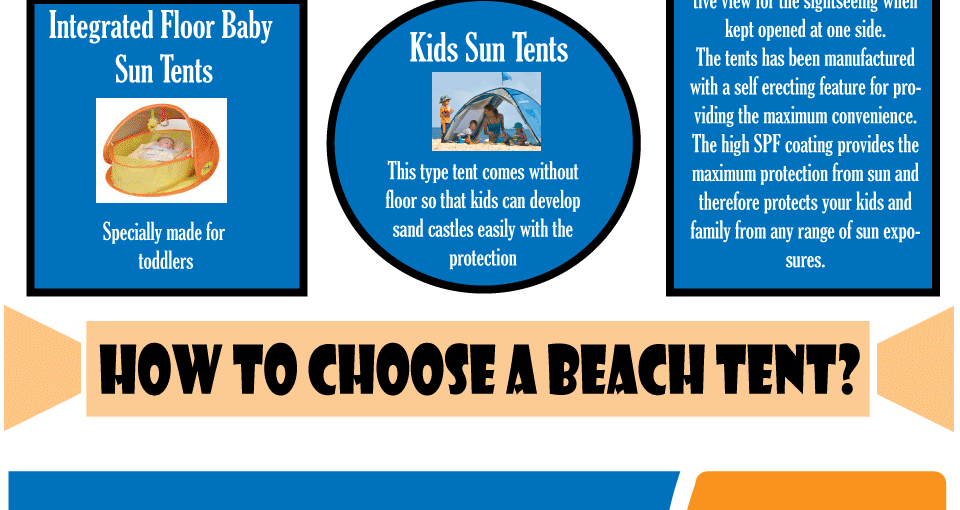While both offer staminas in different atmospheres, it is necessary to establish which type of insulation will best serve your requirements. The insulation you pick influences warmth, weight, water resistance, compressibility and price.
Down is gathered from waterfowl, normally ducks or geese. It is treasured for its lightness, easy compression and shielding properties. Nonetheless, down ends up being less effective when damp.
Warmth-to-Weight
A high warmth-to-weight ratio is wanted in outside apparel and gear. The shielding residential properties of down feathers make them an excellent option for this objective, as they are exceptionally cozy and lightweight.
However, down loses its protecting capabilities when it splashes, implying it requires to be paired with a water resistant covering. Furthermore, some individuals are allergic to down, making synthetic coats a much better choice for them.
Synthetic insulations are generally made from recycled polyester and designed to simulate down's shielding homes. They are not as light-weight as down, however they do not shed their insulating abilities when they get wet and completely dry more quickly than down. They are additionally extra affordable than down. Nonetheless, their life expectancy is shorter than down, leading to greater maintenance and substitute expenses.
Water Resistance
The insulation you pick for your work jacket will certainly make a huge difference in exactly how comfortable you feel outdoors. Nonetheless, the kind of insulation you pick also has considerable effects for your sustainability goals.
Down is an exceptional insulator for a variety of reasons. It's lightweight, compressible, and uses an excellent warmth-to-weight ratio. Nevertheless, it does not prosper when it splashes. Down clumps up and sheds its loft space when wet, which can substantially reduce its capability to catch warmth.
Synthetic insulation products, such as Thinsulate and Primaloft, hold up much better versus wet conditions. They commonly have a tight weave or chemical layer that keeps water from penetrating the textile. This allows the insulation to stay breathable, even if damp. It deserves noting that synthetics can additionally be unpleasant when damp, but they maintain their shielding properties.
Compressibility
While goose down does have a remarkable warmth-to-weight ratio, artificial insulation does similarly. Nonetheless, unlike down which absorbs and sheds its protecting abilities when damp, synthetic insulation does not. Consequently, it can maintain its loft and trap warm air in damp problems.
Generally produced from polyester sheets or collections that resemble down, the most common artificial insulation brand names consist of PrimaLoft, FullRange, Thermoball and Patagonia's PlumaFill. While it still can not match down's loftiness and warmth-to-weight, artificial coats are light-weight, fast to completely dry and less expensive than down. This makes synthetic coats excellent for damp settings, or if you're prone to sweating greatly. Artificial jackets are likewise much less fragile than down and can take a beating. This resilience reaches their face materials which are typically thicker outdoor shelter and a lot more long lasting than down.
Longevity
A major consideration in sustainability is a product's longevity and longevity. All-natural products like cork, ThermaCork increased cork and Havelock wool last longer than artificial options like fiberglass and plastic. They also call for much less upkeep and can endure rough environmental conditions.
However, all-natural insulation doesn't execute too when wet as synthetic options. Wool and fleece clump together when damp, jeopardizing their capability to catch warmth. Artificial insulation, on the other hand, does not absorb moisture and continues to protect also when saturated.
This makes synthetic insulation ideal for wet environments and arduous tasks where you might sweat greatly. It's likewise much easier to wash and dries out faster than down. This included toughness and dependability make artificial insulation a total victor in this group. This converts to durable protected job boots that last long and maintain you heat through requiring atmospheres.
Sustainability
Natural materials supply biodegradability and a smaller sized ecological footprint, while synthetic alternatives boast resilience and innovative applications that support energy performance. However, it's important to comprehend truth environmental influence of these insulation materials from cradle-to-grave.
For example, if an all-natural insulation material has to take a trip a cross country from its source to the building site, transportation-related discharges boost its overall carbon footprint. Selecting locally sourced and recycled items reduces that influence. And, going with GREENGUARD and Cradle to Cradle certifications makes certain that insulation is devoid of unpredictable natural substances (VOCs) and supports responsible sourcing and labor conditions.
Sheep's wool and cork are eco-friendly insulation resources that are gathered without hurting the tree or plant. Both have the added advantage of being naturally resistant to mold and mildew, parasites and wetness.
